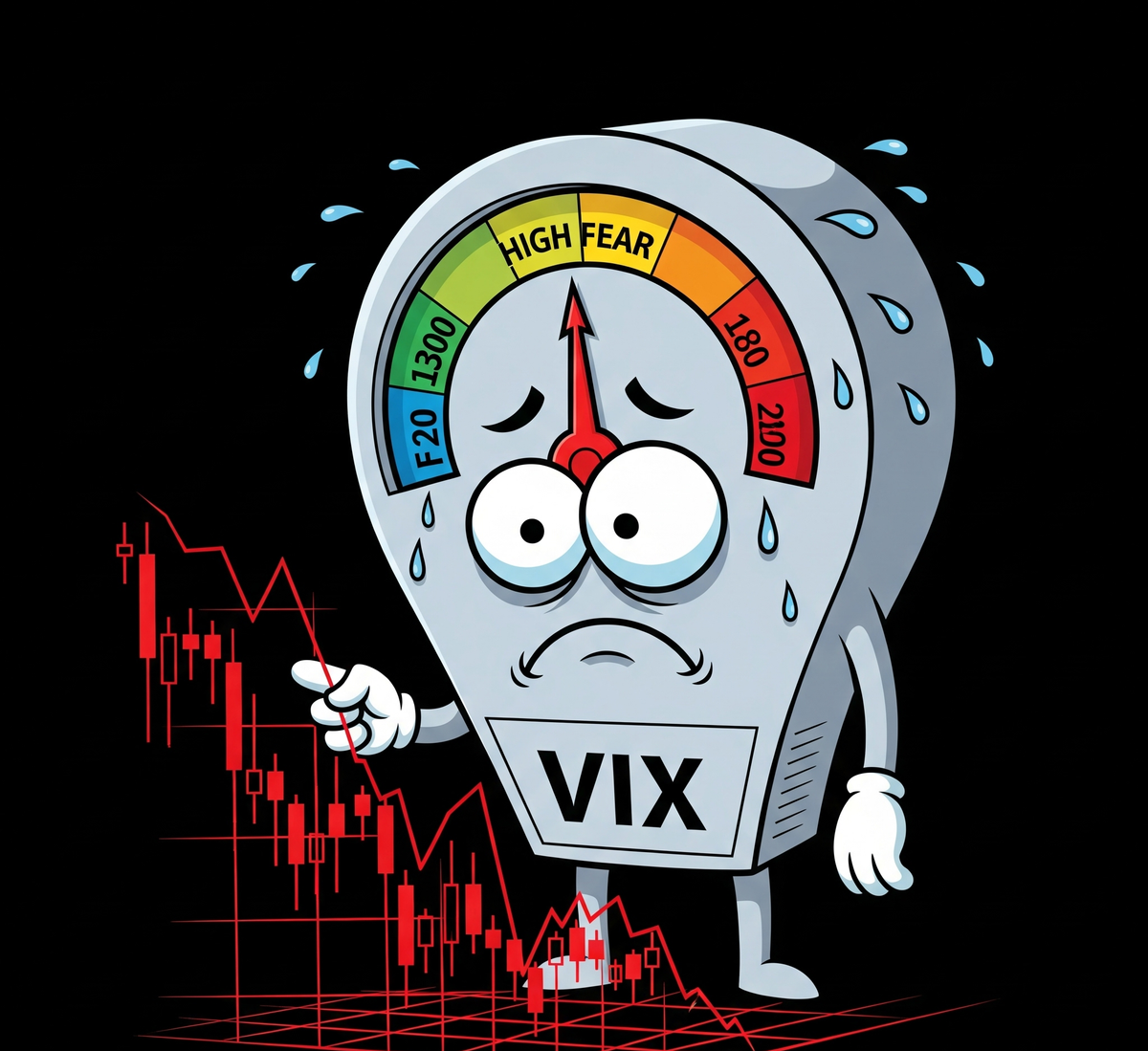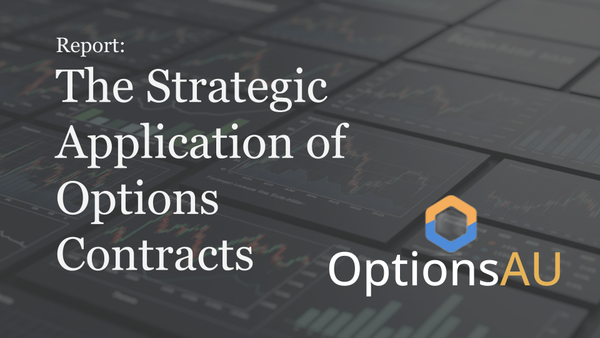The Aussie VIX (XVI) Explained
Do you ever read the news headlines that exclaim "Investors were fearful" or "The market is worried"? The Volatility Index is the tool that provides that information. Also known as the Fear Index, the Volatility Index is a measure of the market's expectation of future price fluctuations.

Do you ever read the news headlines that exclaim "Investors were fearful" or "The market is worried"? The Volatility Index is the tool that provides that information.
Also known as the Fear Index, the Volatility Index is a measure of the market's expectation of future price fluctuations. That sounds like the definition of Implied Volatility (IV) right?
Yep, The Volatility Index is the Implied Volatility of an Index.
VIX = S&P500 Volatility Index (US Market)
XVI = S&P/ASX200 Volatility Index (Australian Market)
We know how important the Implied Volatility of an asset is when trading options; the same thing stands with the XVI.
Implied Volatility is
- Mean reverting - Each underlying asset has a normal IV
- has an inverse relationship with the market - As markets fall, IV rises
- increases the premium of derivatives, including options
The XVI is derived from the price of XJO options.
Not only is the Volatiltiy Index a tool to price options, it's a fundamental chart that analyises the sentiment of the market as a whole.

The XVI as the "Fear Gauge" and its Impact on Options Pricing
The XVI's reputation as a "fear gauge" stems from the inverse relationship it typically has with the stock market.
- When the market is stable or rising: Fear is low, and the perceived need for options and/or insurance is diminished. This leads to lower option premiums and a low XVI reading.
- When the market is falling or uncertain (fear): Anxiety grips investors. The demand for put options, which act as portfolio insurance, surges. This heightened demand inflates option premiums across the board, causing the XVI to spike.
When IV spikes, so do options prices. If you're a savvy options trader, that can create opportunities.
How to Use the XVI When Trading Options
1. Identifying Favourable Times to Buy or Sell Options
The most fundamental application of the XVI is in deciding whether it's a good time to be a net buyer or a net seller of options, which then influences what strategy to trade
- High XVI Environment (Expensive Options): This is generally a more favourable environment for option selling / premium collection. That doesn't mean solely selling options, but being a net seller of options has the advantage here. Credit Spreads, Ratios, Calendars can all be effective in high IV environments if structured correctly. The elevated premium provides a larger cushion against adverse price movements and accelerates time decay (theta).
- Low XVI Environment (Cheap Options): When the XVI is low, options are relatively inexpensive. This presents a more opportune time for option buyers, if you anticipate a larger than expected move Buying calls or puts is less costly, meaning your potential return on investment is higher and break-even levels are lower - increasing the chance of success.
2. Strategy Selection
The level of the XVI can help traders select the most appropriate strategy for the current market climate.
- In a high XVI market, strategies that profit from a decrease in volatility (a return to the mean) become attractive. These include short straddles or iron condors, which are bets that the market will stabilise and implied volatility will fall, a phenomenon known as "volatility crush."
- In a low XVI market, if a trader anticipates a significant market-moving event, it could be the ideal time to implement long volatility strategies like long straddles or strangles. These positions are cheaper to enter and will profit handsomely if the market makes a large move in either direction, causing volatility to spike.
3. Gauging Market Tops and Bottoms
While not a perfect timing tool, extreme readings on the XVI can signal potential market turning points. An exceptionally high XVI reading can indicate that fear has reached a peak, a condition often associated with capitulation selling and potential market bottoms. I'd encourage you to open your charting tool and overlay the XVI with the XJO and find the patterns.

In conclusion, the S&P/ASX 200 VIX (XVI) is an indispensable resource for the modern investor. It provides a real-time pulse of market fear and sentiment, and affects options pricing. By understanding that the XVI dictates whether options are rich or cheap, traders can better time their entries, select the right strategies, and manage risk more effectively.




